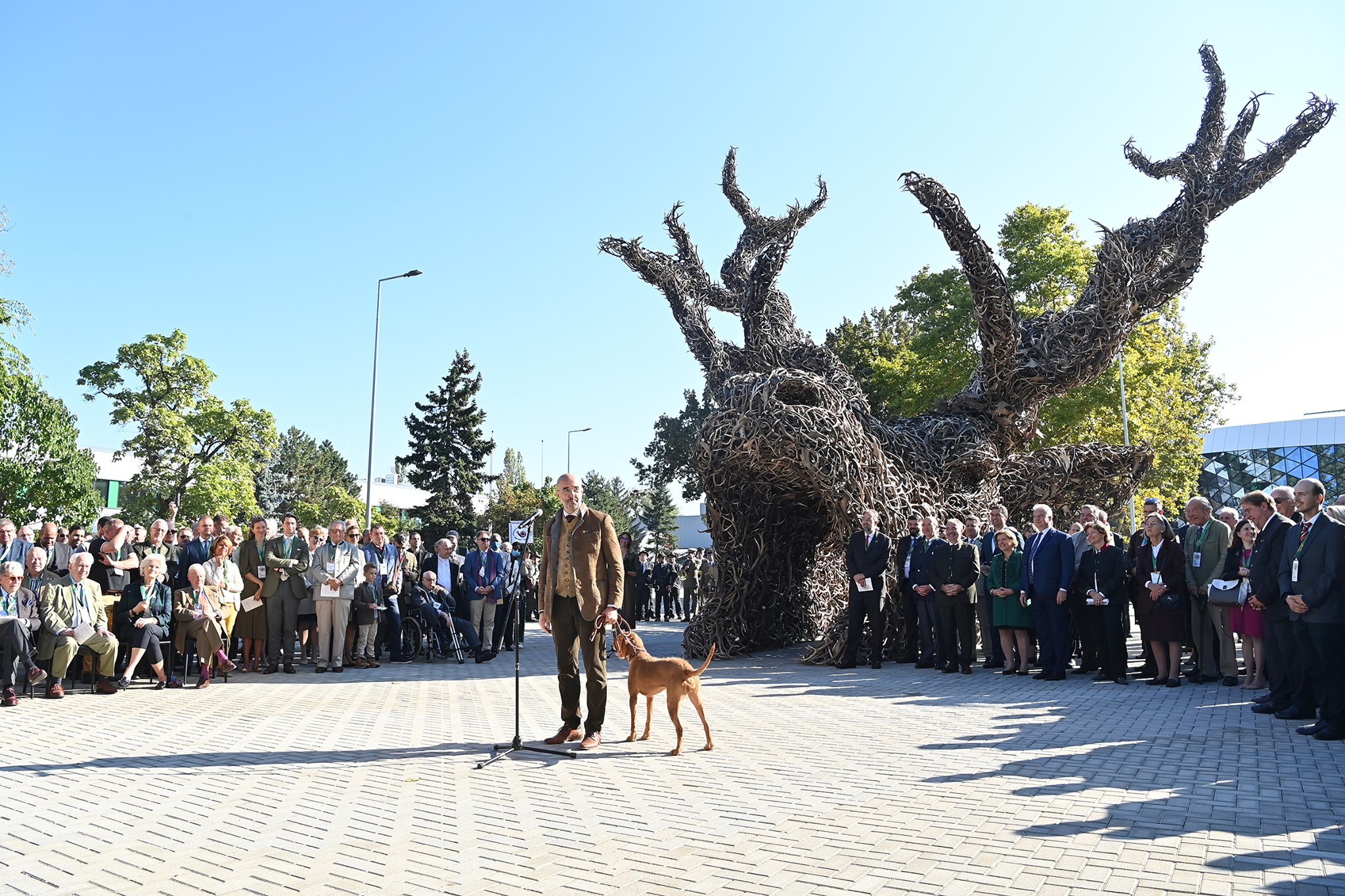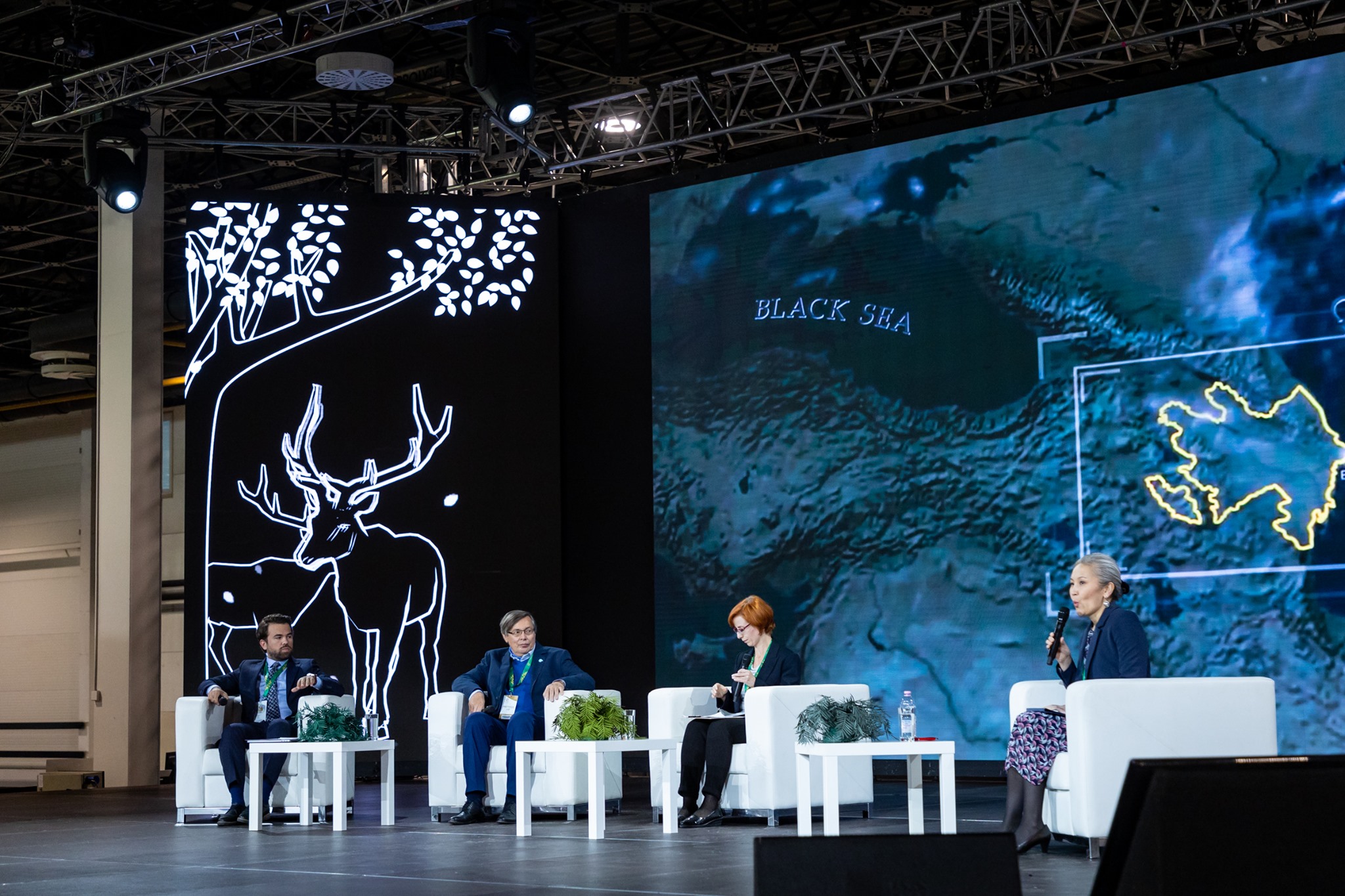Fifty years after the success of the legendary 1971 World of Hunting Expo in Budapest, Hungary once again took its rightful place on top of the hunting-conservationist world on Saturday morning.
At the ceremonial opening, in front of sculptor Gábor Miklós Szőke’s “Totem” — a several-floors-tall stag statue made from 10 tons of fallen antlers — Archduke Karl von Habsburg-Lothringen, the exhibition’s patron, said that the One with Nature 2021 World of Hunting and Nature Exhibition “comes at an extremely timely moment, when there is a lot of discussion about hunting and nature.” Citing a definition of culture from cultural anthropologist Lord Raglan, the archduke said that “culture is roughly everything we do but monkeys don’t.” When we are talking about hunting and conservation, he added, we are not simply talking about nature, but also culture.




